The Cat Linh – Ha Dong urban railway has just been approved by the State Inspection Council, preparing for handover to Hanoi for official operation. It is expected to commence commercial operations from November 15.
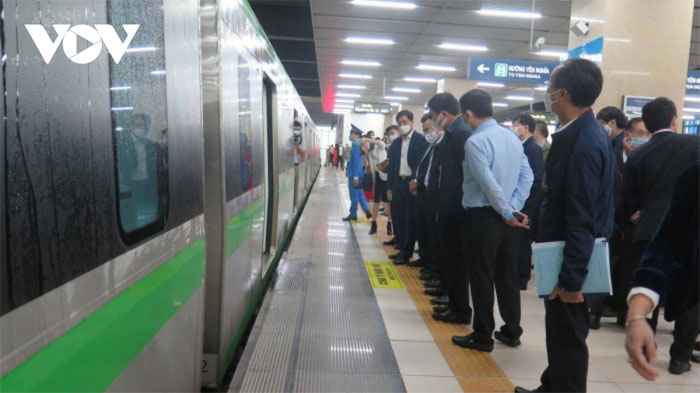
The State Inspection Council for construction project acceptance recently held a meeting to evaluate the acceptance results of the Cat Linh – Ha Dong urban railway project (Hanoi). As a result, all 9 members of the Council agreed to the conditional acceptance results from the investor (Ministry of Transport) to bring the project into initial operation.
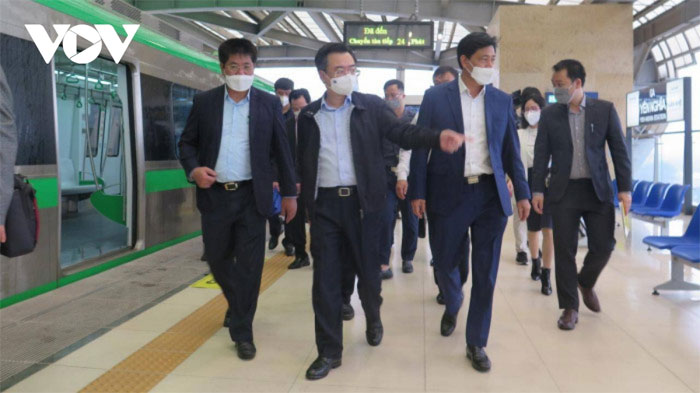
Before the meeting, the Chairman of the State Inspection Council for construction project acceptance – Minister of Construction Nguyen Thanh Nghi (center), Deputy Minister of Transport Nguyen Ngoc Dong, and Council members evaluated the site and the operation of trains, several stations, and the depot.
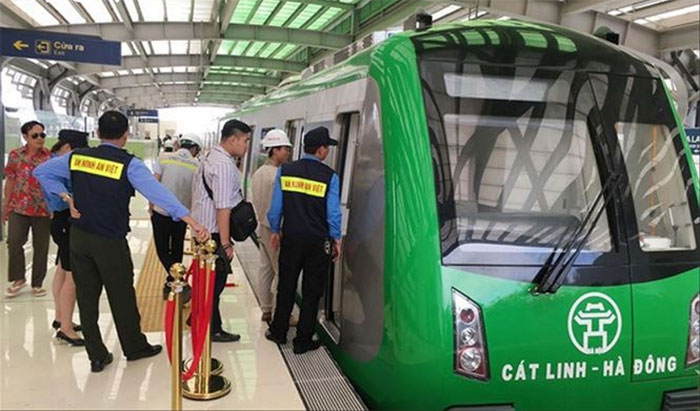
At the time of the Council’s inspection, the project had completed construction, equipment installation, and the training of train operators, with personnel ready to operate the Cat Linh – Ha Dong urban railway system. The 12 stations along the route were cleaned, and the automatic ticket vending machines were set up in both Vietnamese and English.
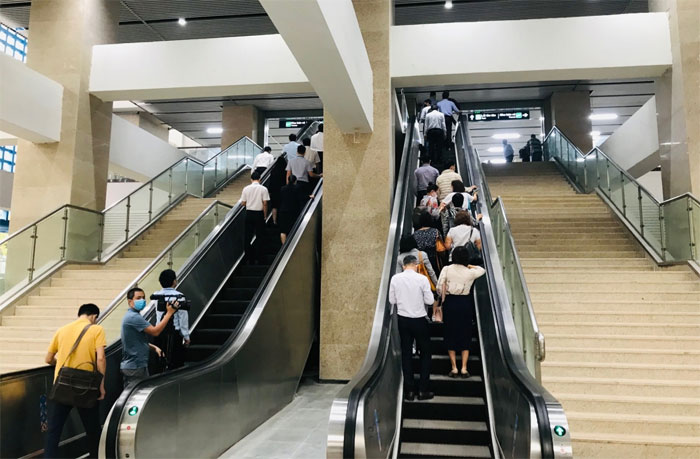
Regarding the boarding process, passengers enter the first floor lobby at the stations, then take the elevator or stairs to the second floor where they can find staff at the service counters or purchase tickets from the automatic vending machines.
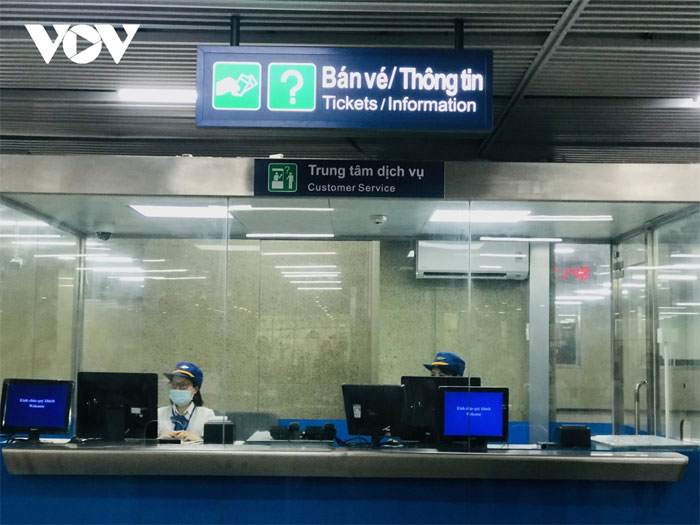
Staff at the information and ticket sales counter for customers in need.
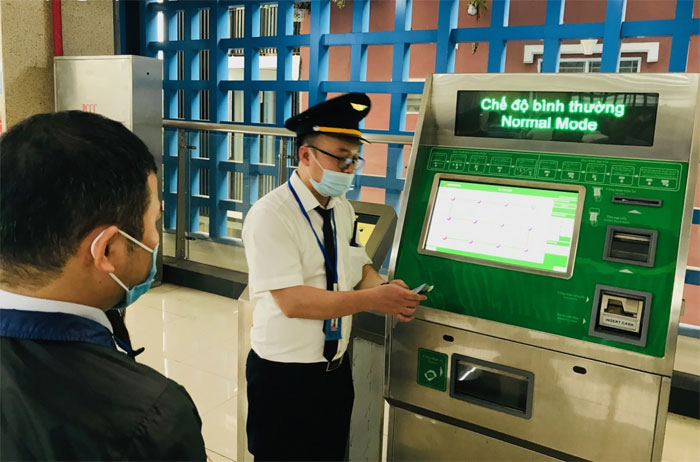
The automatic ticket vending system is ready for operation.
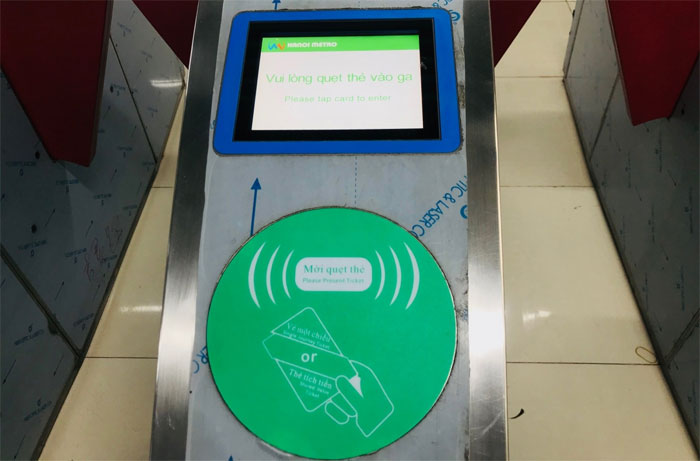 After purchasing a ticket, passengers proceed to the ticket gate and swipe their card to enter.
After purchasing a ticket, passengers proceed to the ticket gate and swipe their card to enter.
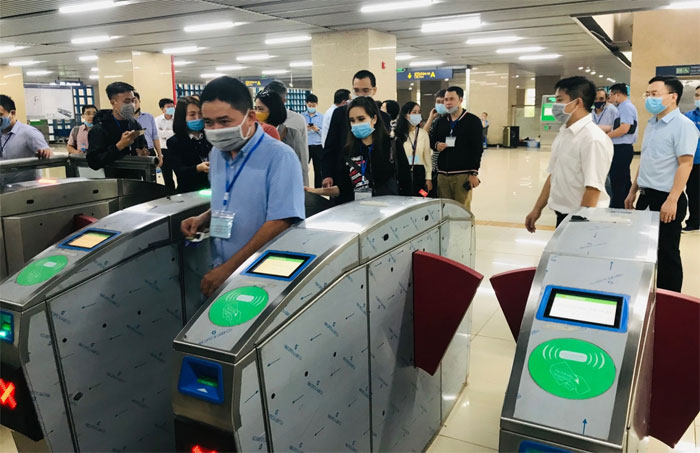
After swiping the card, the automatic door opens for passengers to go to the third floor to wait and prepare to board.
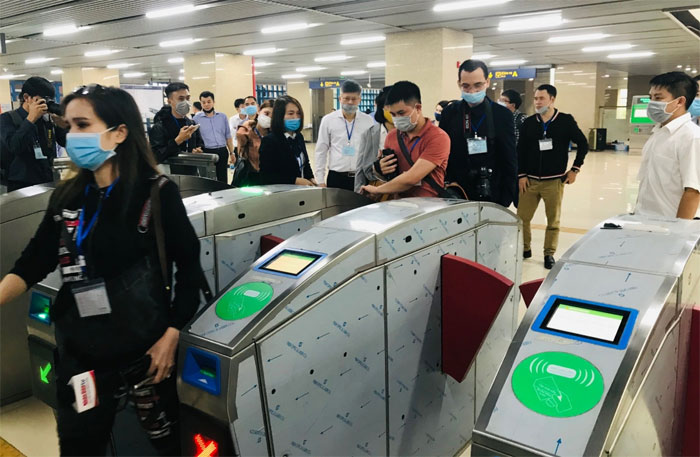
Each station will have multiple automatic gates for several passengers to swipe their cards and wait for the train at the same time.
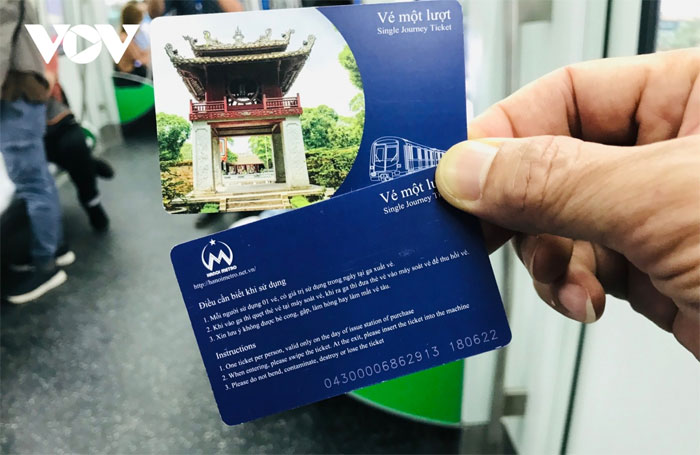
The train ticket is a CF card type, printed with an image of Khuê Văn Các and some information to guide passengers.
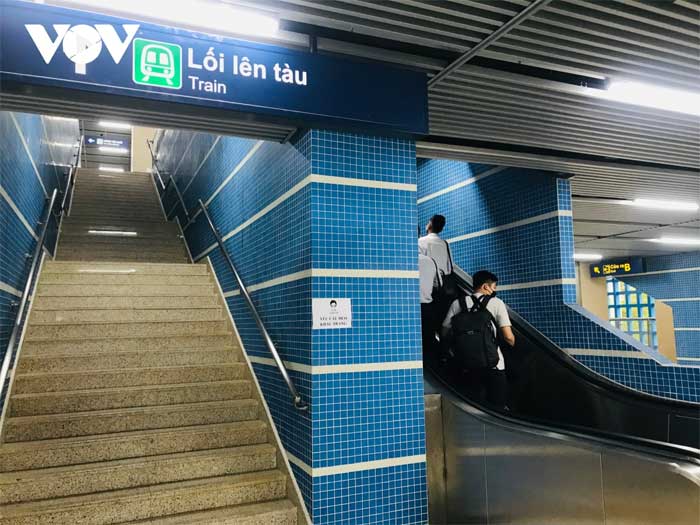
All entrances and exits have bilingual signs in Vietnamese and English.
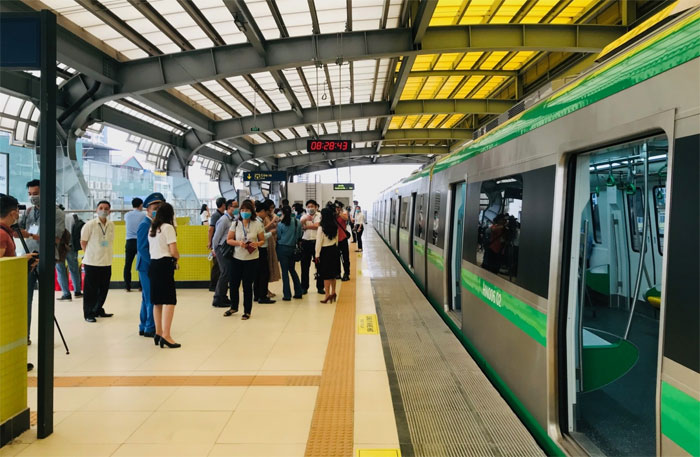
The passenger waiting area and ticket purchasing area are equipped with seating arrangements before passing through the automatic ticket gate. Passengers are required to stand 1 meter away from the train (indicated by the yellow line).
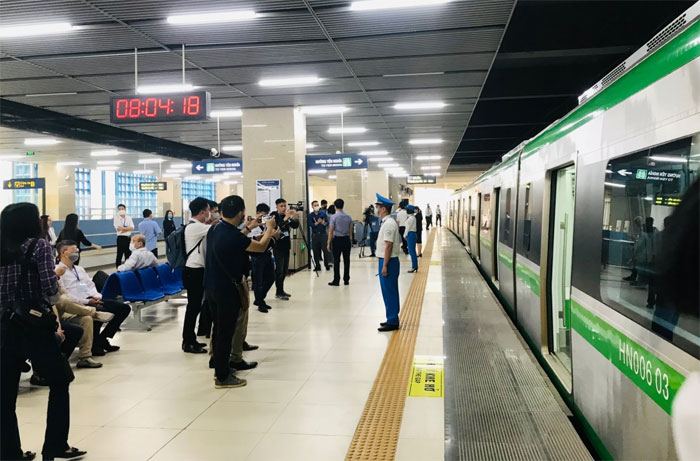
Staff will guide passengers at all locations. In the boarding area, safety personnel will assist passengers in moving around and boarding the train. There are pathways for visually impaired individuals (indicated by yellow lines). This area has clear directional signs and a public announcement system to guide passengers.
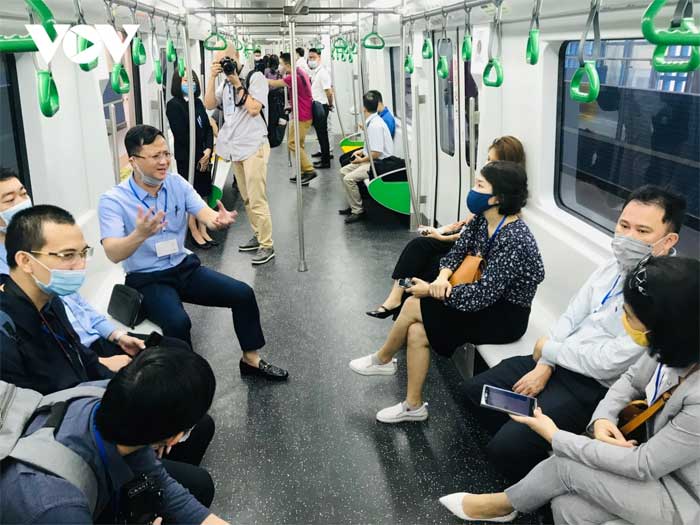
Inside the train, seats are arranged along both sides of the train body, with handrails provided for standing passengers.
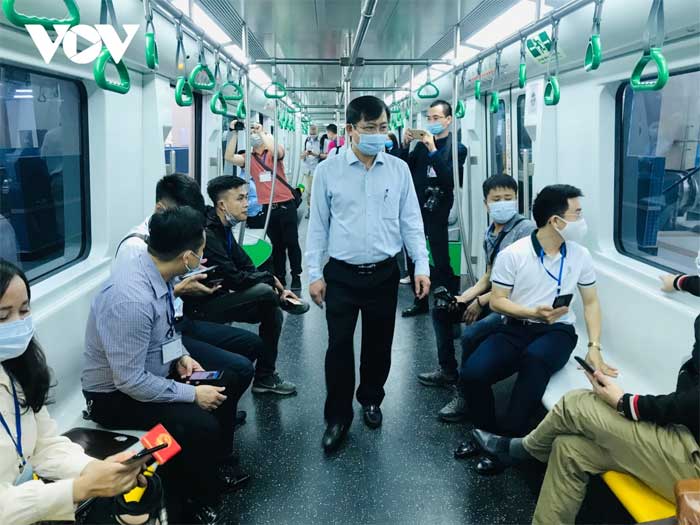
During operation, safety staff inside the train will guide passengers to move safely while the train is running and stopping at stations.
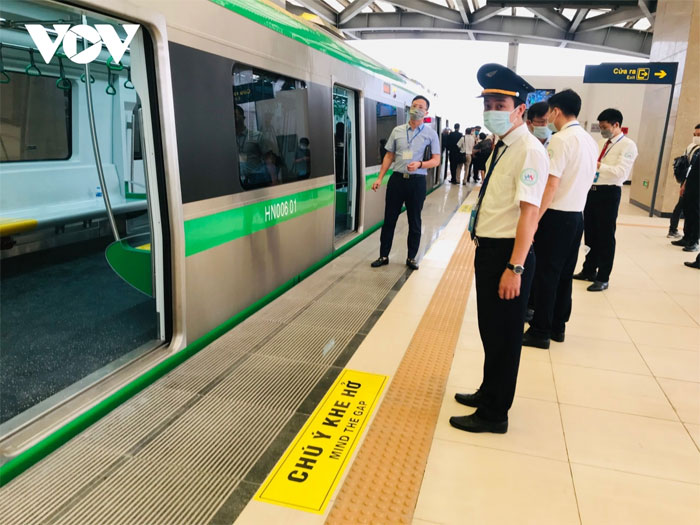
According to operational procedures, each time the train stops at a station, the train operator will exit to perform operational tasks, ensuring that passengers have boarded before closing the doors and continuing the train’s journey. There is a warning about the gap between the train and the track for passenger attention.
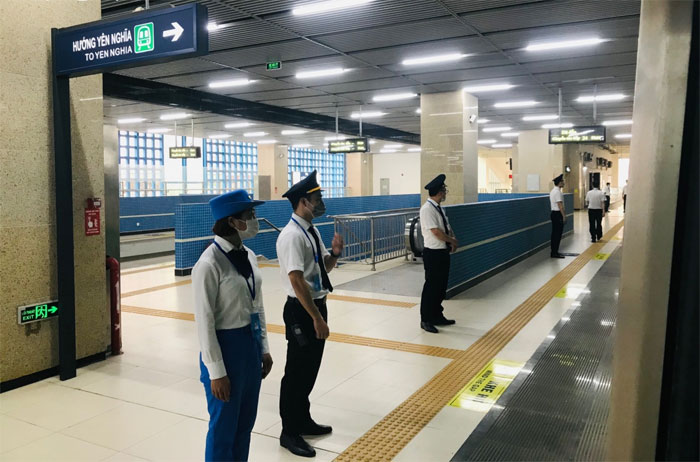
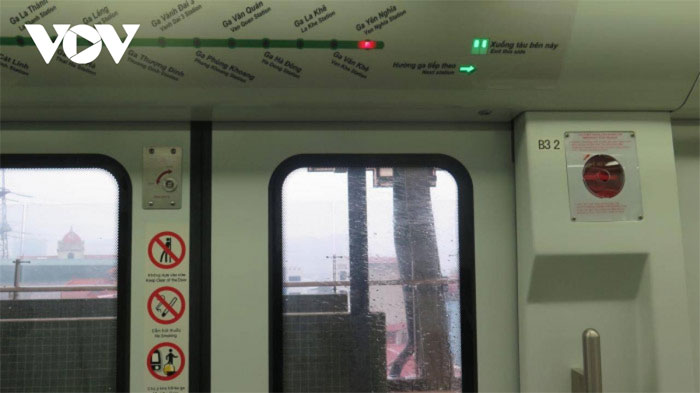
Guidance on stations on the train for passenger recognition. When approaching a station, the red light on the control panel will change color to notify passengers.
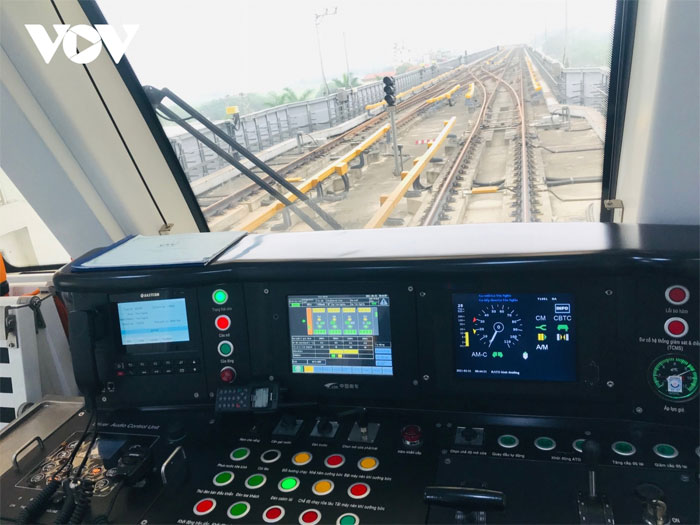
During operation, the Cat Linh – Ha Dong trains will run from 5 AM to 11 PM daily. During peak hours, 9 trains will operate, while normally 6 trains will serve passengers.
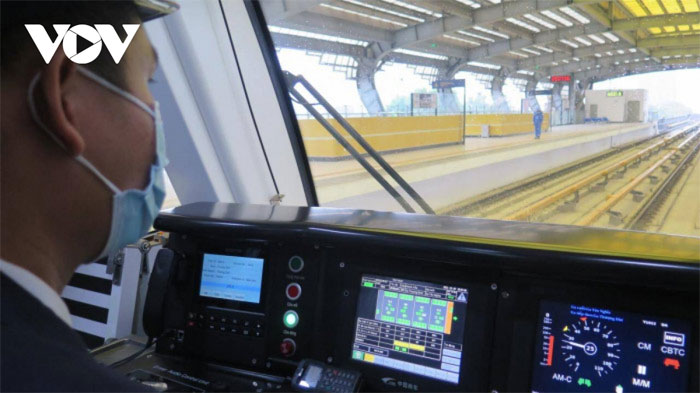
All train operators have been granted driving licenses. The train crew and operational staff have received two doses of the Covid-19 vaccine.
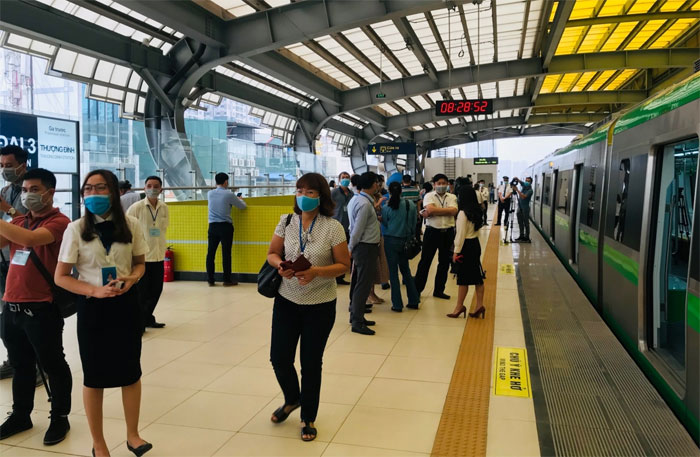
When the train stops, passengers exit using elevators and stairs, with elevators available for disabled individuals.
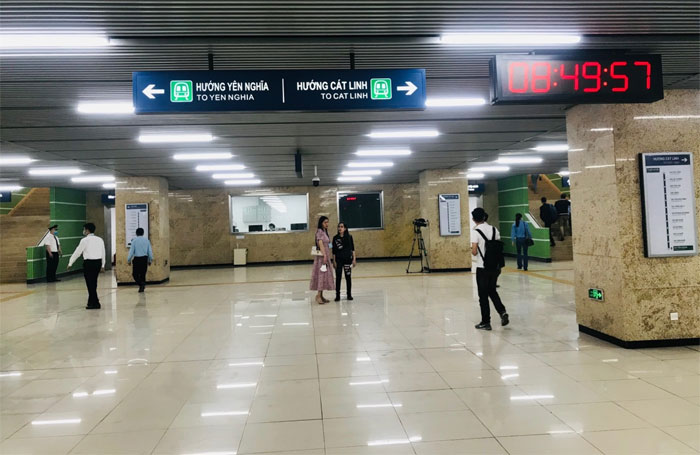
After arriving at their desired station, passengers exit the train and go down to the second floor to purchase return tickets or go straight to the first floor to exit.
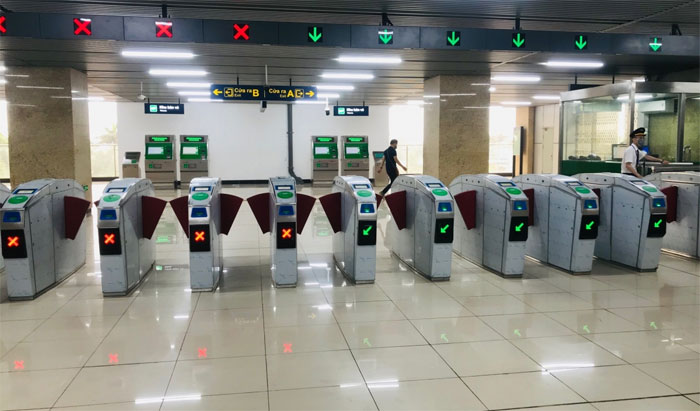
Everyone must pass through the automatic door system.
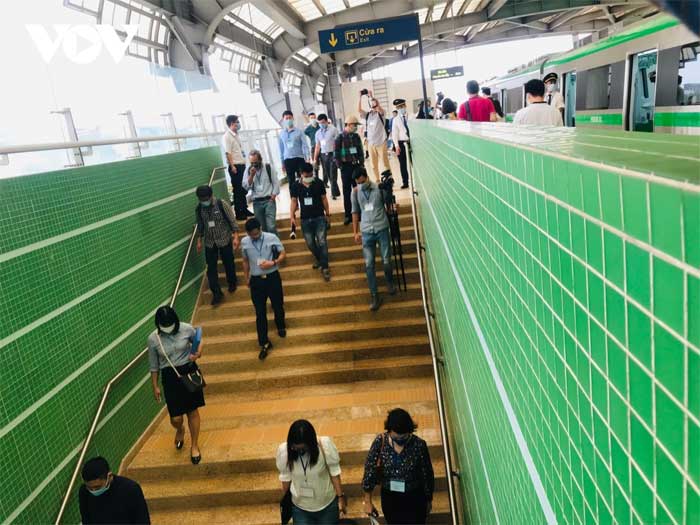
At the end of the journey, passengers take the stairs or elevator to exit.


















































